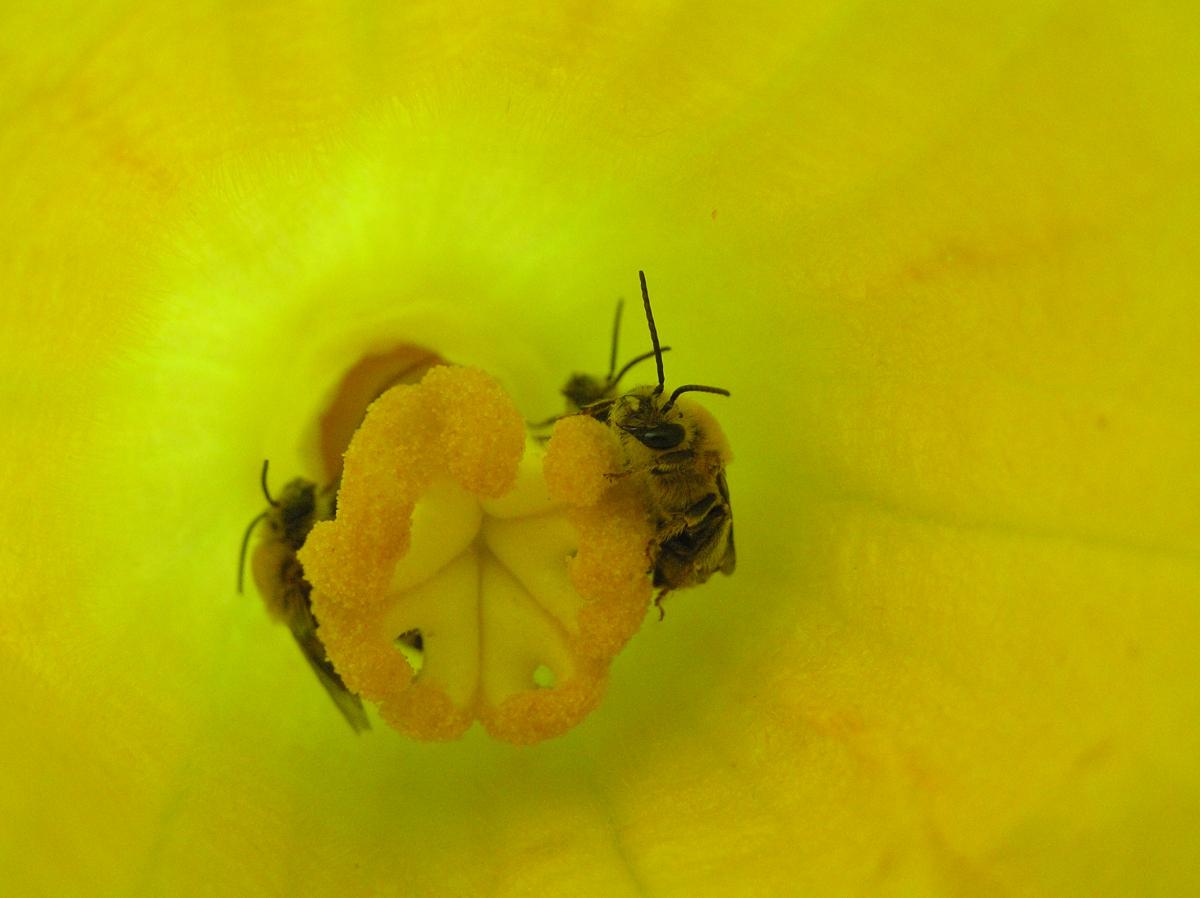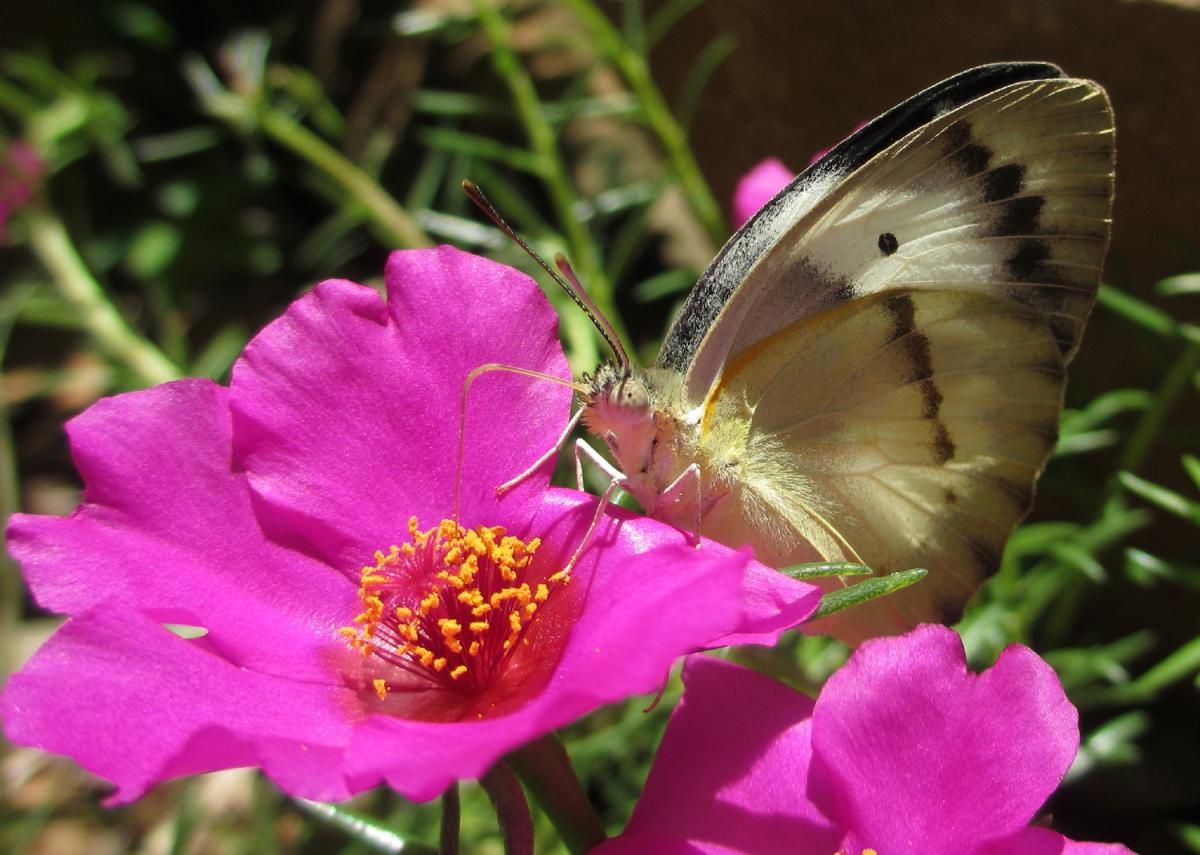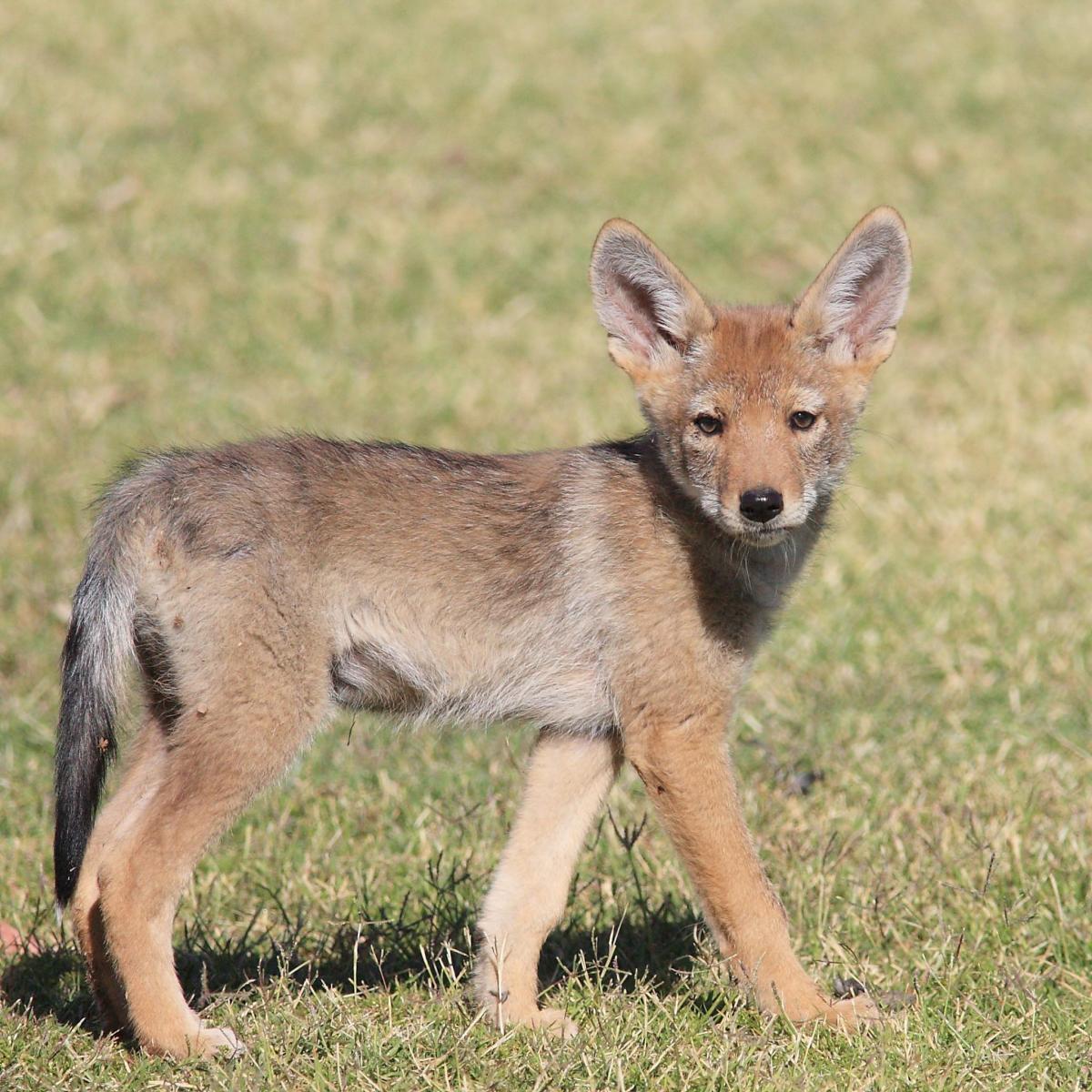Reading over comments from part 1, it seems most of you did pretty well. I was also delighted to hear from one teacher whose AP biology students all scored 100%. Unfortunately, her other class didn’t do as well, so they will be going over the misconceptions today in class (assuming that this teacher isn’t from the Boston area where school was cancelled…again. See you in May, grass!) Did anyone else try these questions out on their students or children? I know one NCSE staffer has a 13-year-old that scored 5/6—pretty darn impressive if you ask me.
And now for part 2! I expect great things. In fact, since you are all warmed up, how about for an added challenge? Not only give me the right answers but also identify the misconceptions on display in the wrong answers! And as always, feel free to sound off in the comments section!
1. A given plant population is pollinated exclusively by a particular bee. A wet spring leads to a disease that wipes out all of the bees in the plant’s habitat. What is the likely outcome for this plant population?
 a) A mutation will arise which will allow the plants to be pollinated by other insects.
a) A mutation will arise which will allow the plants to be pollinated by other insects.
b) Because they need to change their pollinators, some plant individuals will adapt to be pollinated by other insects.
c) This plant population will die off.
d) Enough variation exists within the plant population to allow it to adapt to any environmental challenge.
2. Male deer (bucks) in a given population are reaching sexual maturity with smaller antlers than they did in the past because antler growth rate has decreased. Some biologists suggest that this change is related to hunting because bucks with larger antlers are most prized and therefore taken by hunters more often than bucks with smaller antlers. Which statement best explains the decreased antler size of the buck population?
a) The bucks know that if they grow big antlers, they will be hunted before they can reproduce, so they grow their antlers slowly and reproduce as quickly as they can.
b) Because bucks with large antlers are taken most often, more mutations occur to help the deer population reproduce before growing large antlers.
c) Bucks that reproduce with smaller antlers are likely to have more chances to reproduce because they are not as likely to be taken by hunters. They then pass on their slower antler growth rate to their offspring.
d) All bucks in the population reduce their antler growth rate so that the entire population has smaller antlers.
3. Individuals in a large insect population display wide variation in the shape of their  nectar-gathering mouthparts. A new food source, with flowers of different shapes, replaces the previous one, and insects with shorter, thicker mouthparts are much more efficient at gathering nectar from the new type of flower. Over multiple generations, what will likely happen to the variation of mouth parts within the population of insects?
nectar-gathering mouthparts. A new food source, with flowers of different shapes, replaces the previous one, and insects with shorter, thicker mouthparts are much more efficient at gathering nectar from the new type of flower. Over multiple generations, what will likely happen to the variation of mouth parts within the population of insects?
a) The variation in mouth parts will remain exactly the same, because variation occurs randomly.
b) Shorter, thicker mouth parts will become more prevalent in the insect population, although some variation will continue to exist.
c) The change in food source will lead to the occurrence of more mutations that result in shorter, thicker mouth parts.
d) Because natural selection favors shorter, thicker mouth parts, all individuals will have short, thick mouth parts after multiple generations.
4. In an experiment with a particular bacterial species, you plate 100 samples in separate Petri dishes. Half of these, group A, have all necessary nutrients, while group B have low levels of one important nutrient. All Petri dishes are placed in an incubator and are treated identically. After several weeks, you measure colony growth and find that the colonies in group B are, on average, 4 mm smaller in diameter than those in group A. What is the most reasonable explanation?
a) You didn’t keep Group B warm enough compared to Group A.
b) Among the bacteria in Group B, the ability has evolved to grow more slowly when the important nutrient is present in lower amounts.
c) The growth rate of bacteria in Group B is lower due to limitation of the one important nutrient.
d) Natural selection is operating by selecting for slower-growing bacteria in Group B.
5. Researchers recently discovered that the diets of young coyotes can affect their biting ability as adults. Coyote pups from the same litter were split into two groups: one that gnawed on animal bones (bone-gnawers), and one that was fed exclusively a soft diet similar to canned dog food (non-gnawers). As adults, the bone-gnawers had significantly shorter and wider mouth bones and bigger chewing muscles. They were also able to eat rawhide treats 1.5 times faster than the non-gnawers. If bone-gnawers were only allowed to mate with bone-gnawers and non-gnawers with non-gnawers, what would you expect to find among the offspring?
 a) All of the offspring of the bone-gnawers will inherit their parents’ bone- gnawing anatomical changes.
a) All of the offspring of the bone-gnawers will inherit their parents’ bone- gnawing anatomical changes.
b) The non-gnawers will develop anatomical features similar to the bone- gnawers.
c) The parents’ anatomical traits for bone-gnawing and non-gnawing will not be passed on to the offspring.
d) The non-gnawers will inherit other features that allow them to gnaw bones more efficiently.
6. Why do some traits, such as thicker fur or flowers of different colors, evolve over time within a population of organisms?
a) Organisms with these traits survived longer and had more offspring than other organisms in the population, so their traits were passed on to more offspring.
b) Such traits are necessary to ensure survival of the species.
c) These traits evolved randomly, and just happened to persist over time.
d) These traits evolve in response to environmental challenges, ensuring that the population will survive any changes in its habitat.
Answers next Monday! In the meantime…have an idea for a future Misconception Monday or other post? See some good or bad examples of science communication lately? Drop me an email or shoot me a tweet <at>keeps3.
This week, I owe the content of this post to Understanding Evolution teacher advisors Jean DeSaix, Jennifer Katcher, Lisa Urry, and Calvin Young, with Pearson Education editors Chalon Bridges and Josh Frost. Adapted with permission from Pearson Education and also available through Mastering Biology. Copyright 2011 by The University of California Museum of Paleontology, Berkeley, and the Regents of the University of California.

